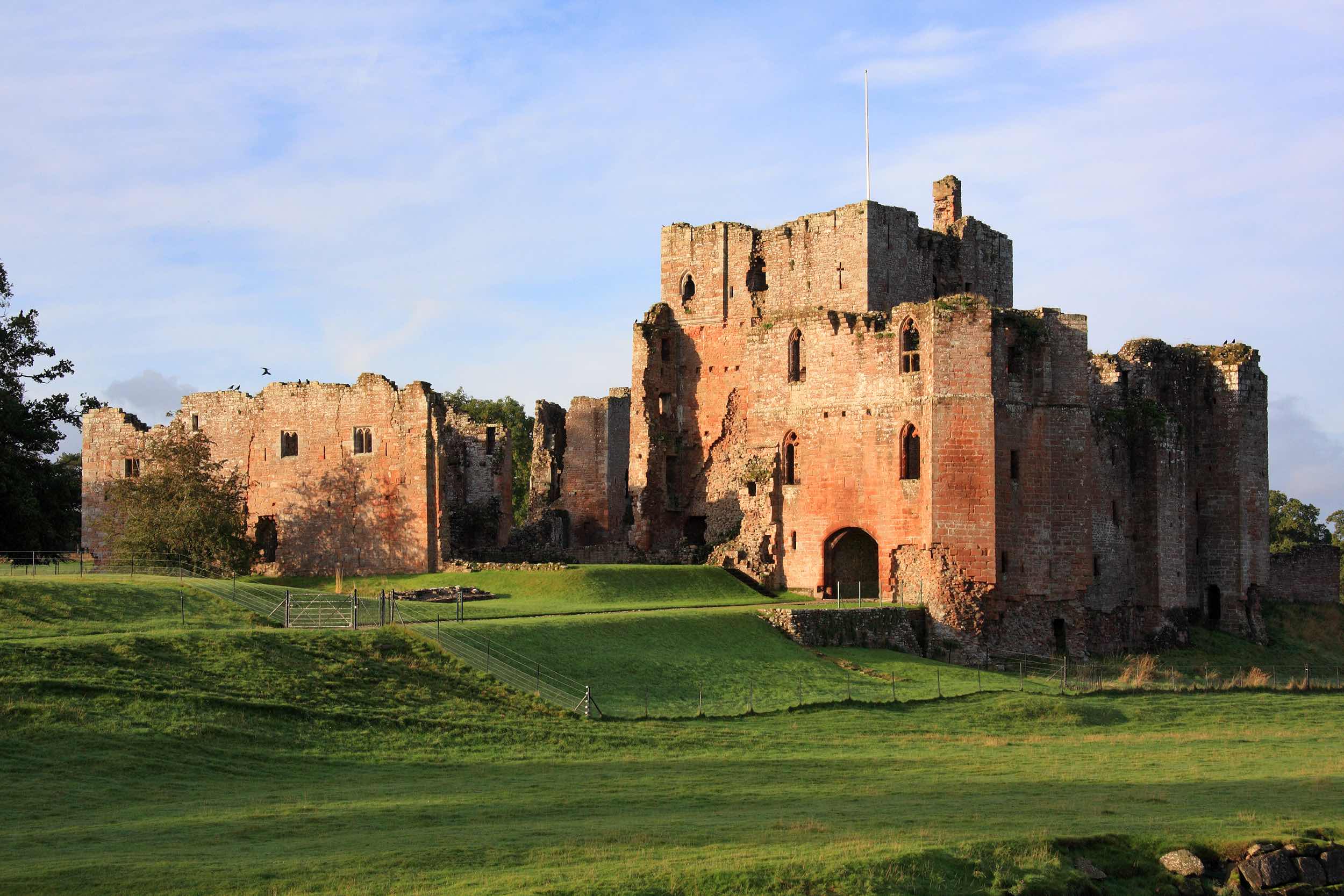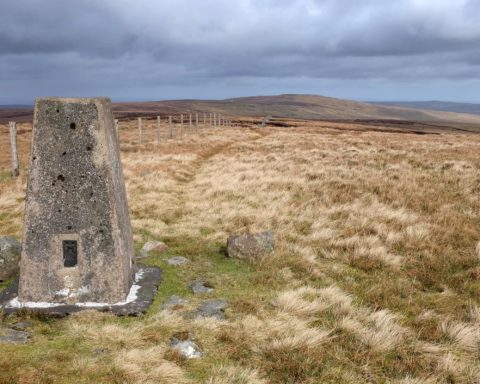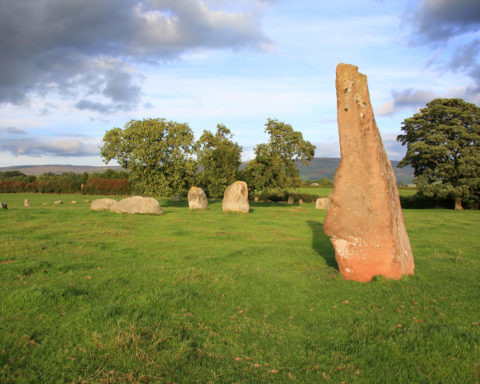Red Sandstone Medieval Castle
Brougham Castle has long inspired poets and artists. While antiquarians and early travel writers waxed lyrical, the scene was painted by J M W Turner and the site features in two poems by William Wordsworth. It’s no wonder really. The handsome, red sandstone ruins of the medieval castle occupy a particularly picturesque setting on the banks of the River Eamont.
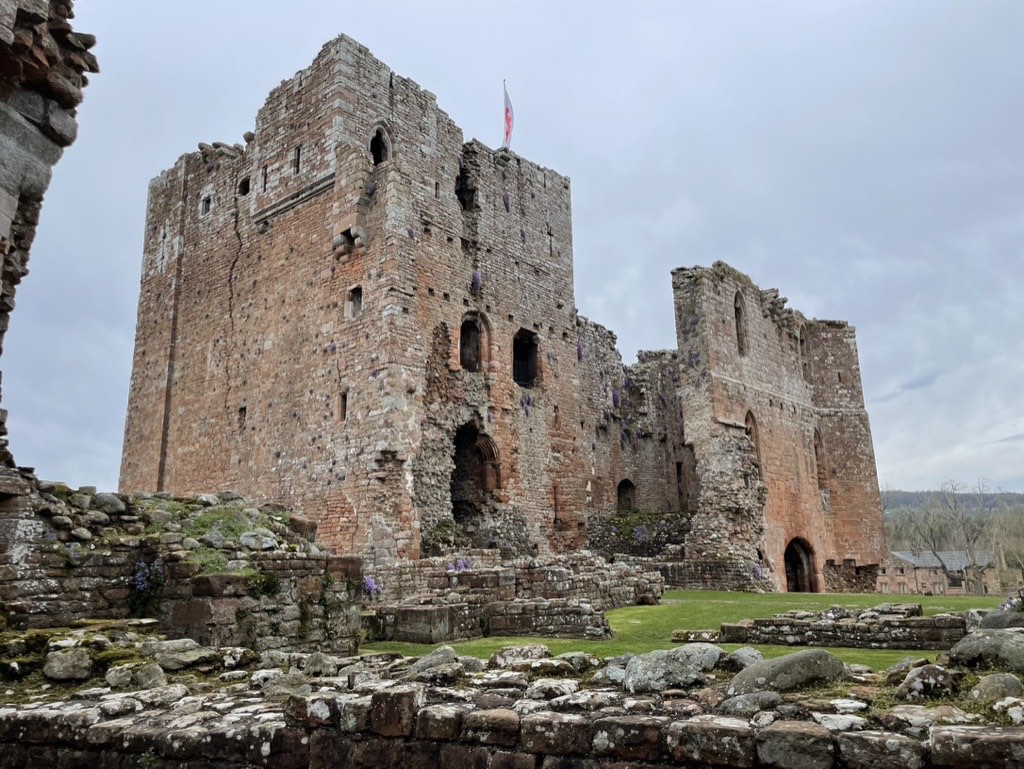
Built Early 13th Century
Brougham castle was built in the early 13th century next to the site of the Roman Fort Brocavum. Many centuries earlier, the Roman fort had guarded the crossing of the River Eamont. Some of the stone from this earlier structure was used to build the castle. Modern visitors who climb the keep’s dark, spiral stairway will spot a Roman memorial slab in the ceiling as they approach the second floor.
Journey Through Time at the Moated Keep
Surrounded by a moat on three sides, the castle is approached via a cobbled causeway. As well as the five-storey keep, other structures that have survived the years include an unusual double gatehouse, substantial curtain walls and a four-storey tower, known as the Tower of League. The great keep largely survives, so there is lots to explore.
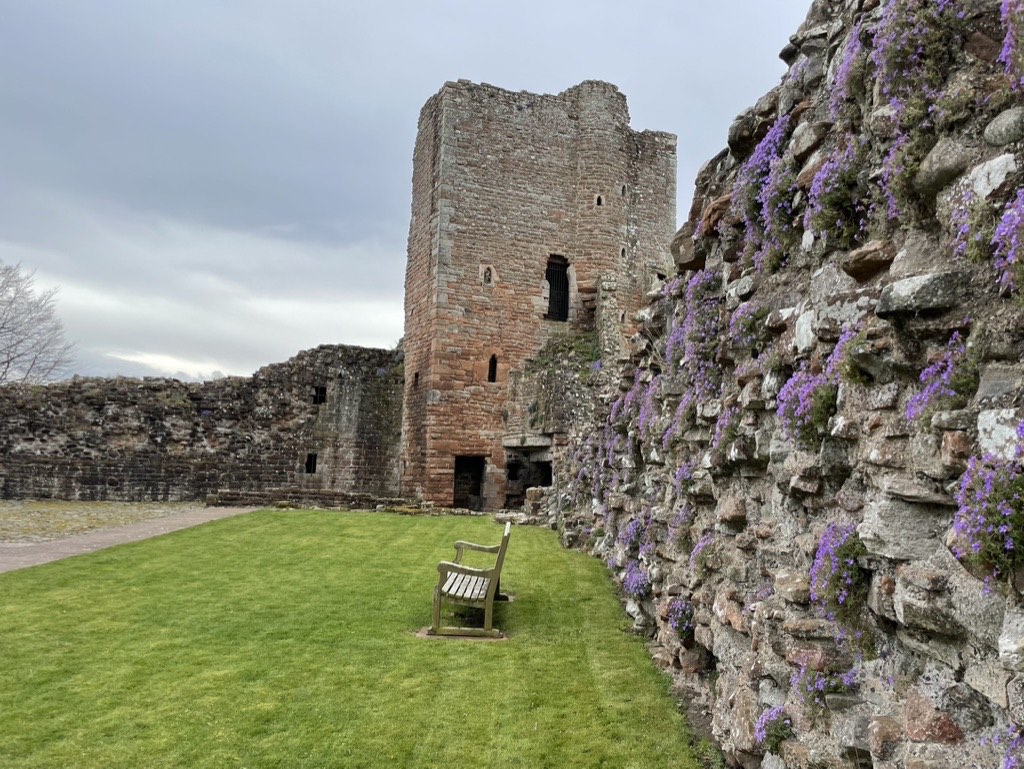
Royal Visitors at Brougham Castle
Like so many castles in England’s far north, Brougham (pronounced ‘Broom’) played its part in the border wars with the Scots and internal rebellions and uprisings. It has also welcomed its fair share of royal visitors, including Edward I, the so-called Hammer of the Scots, and James I, in whose honour a lavish banquet was held in 1617. The property was passed to the Clifford family. It is one of many castles and churches restored by Lady Anne Clifford. Later in the seventeenth century, she’d fought hard for her right to inherit them.
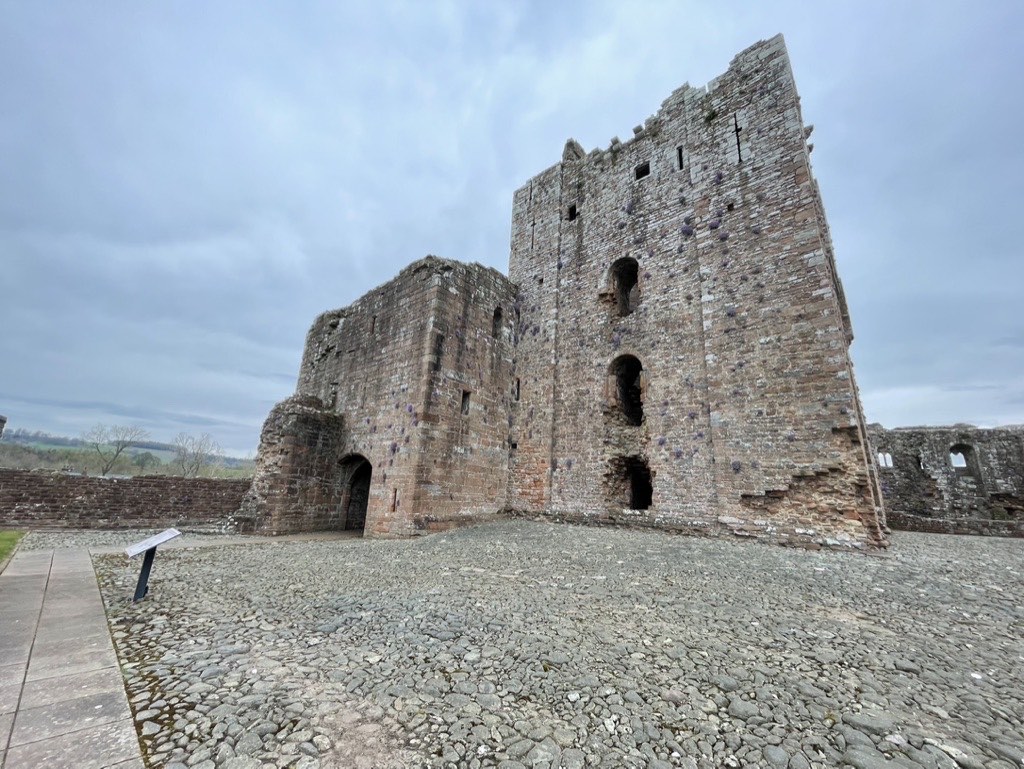
Location
Brougham Castle is located less than two miles southeast of Penrith’s town centre, close to the A66. Other nearby historical attractions include the ornate Countess Pillar, built by Lady Anne Clifford in 1656; the fourteenth-century Brougham Hall, now home to craft workshops, a café and small businesses; the secluded, disused church of Ninekirks; and two Neolithic sites, Mayburgh Henge and King Arthur’s Round Table.
More information
Address: Moor Lane , Penrith, Cumbria, CA10 2AA
Opening times: https://www.english-heritage.org.uk/visit/places/brougham-castle/prices-and-opening-times/
Website: https://www.english-heritage.org.uk/visit/places/brougham-castle

